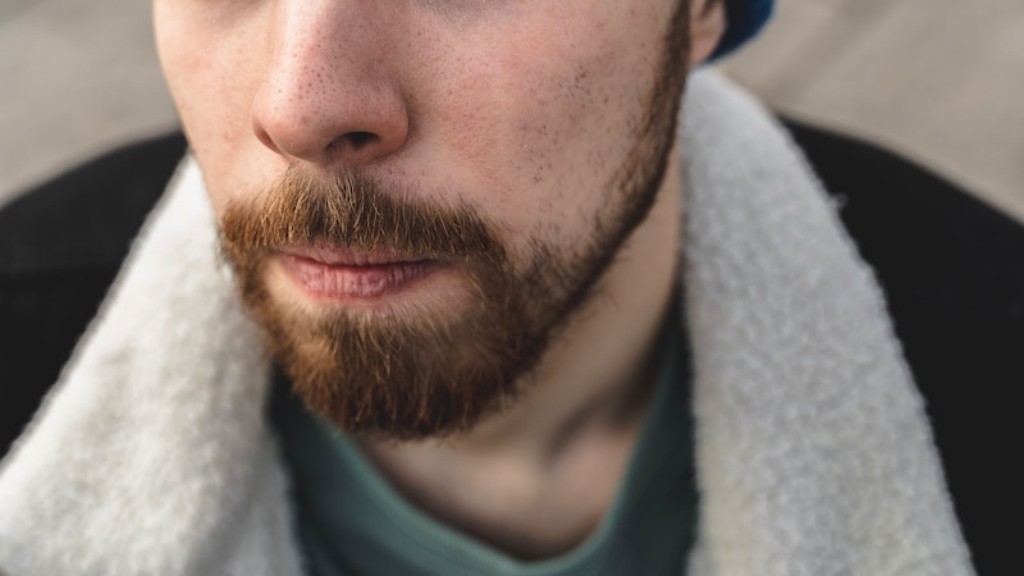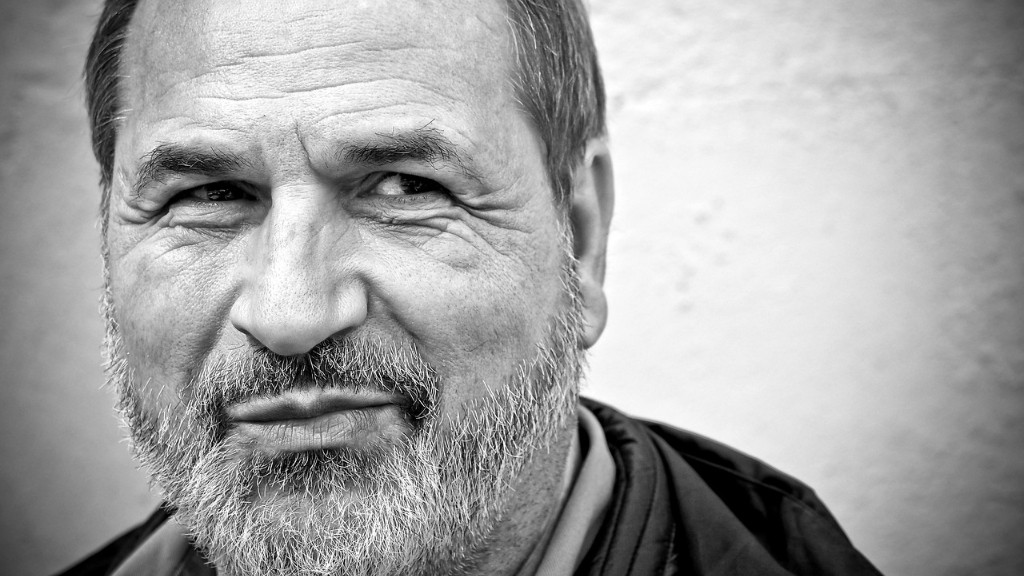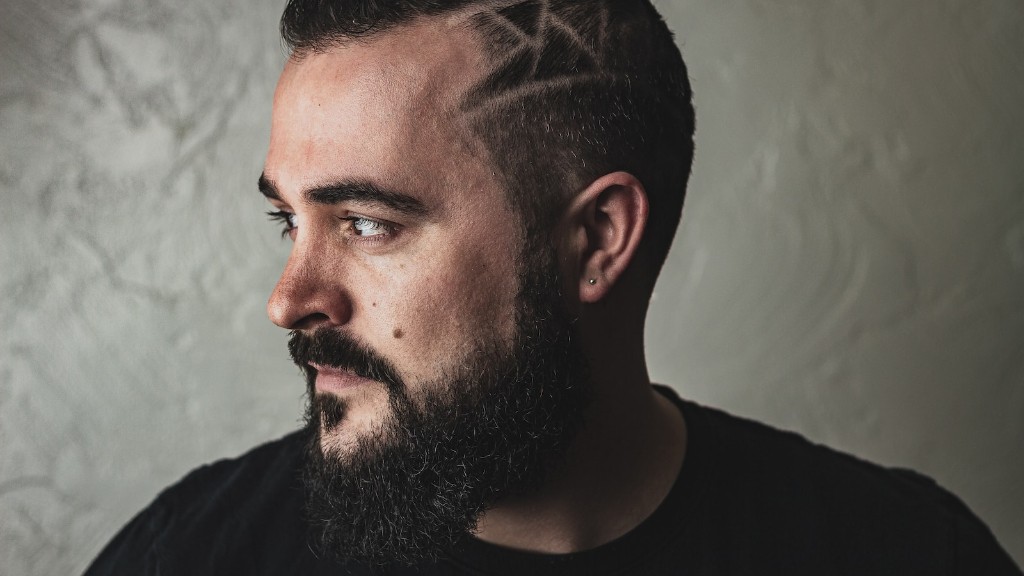A patchy beard can be frustrating, but there are ways to make it look fuller. First, let your beard grow out for a few weeks to get an idea of where the patches are. Then, use a beard trimmer or scissors to even out the length of your beard. Finally, use a beard balm or oil to help hydrate your skin and make your beard look healthier. With a little time and patience, you can have a fuller, more even beard.
There is no one-size-fits-all answer to this question, as the best way to fix a patchy beard depends on the underlying causes. However, some common ways to improve the appearance of a patchy beard include using minoxidil ( Rogaine) to stimulate hair growth, trying a prescription medication like finasteride ( Propecia), and using a beard transplant to fill in thin or bald spots.
Do patchy beards ever grow in?
There’s no shame in having a patchy beard. Sure, it may not be as full as you’d like, but that’s as much a part of your genetics as the fact that you’re patchy to begin with. While you can make a patchy beard look more full, the first thing you’ve got to do is embrace the beard you’ve got. You won’t make it fuller by wishing for new hairs.
If you have a patchy beard, it can take anywhere from a couple of weeks to a few months for it to fill in. However, it is important to note that growth patterns and patchiness differ from one person to the next. So, if you are patient, your beard will eventually fill in.
How can I regrow my patchy beard
If you’re looking to fix a patchy beard, you’ll need to be patient and give your beard time to grow. In the meantime, you can help boost your beard growth naturally by ensuring you’re getting enough nutrients and exercise, and by using a boar’s hair beard brush to help distribute the hair evenly.
If you have a spot that looks a little barren, you may just need to give it some time to fill in on its own. After a few weeks, you may not even notice that troublesome patch anymore. You may need a lot of patience, though. It can take up to a full month for your beard to grow in fully.
Is patchy beard due to low testosterone?
If you’re struggling to grow a full, thick beard, you’re not alone. Many men have patchy beards, and it’s usually not due to low testosterone levels. Rather, it’s mostly due to how sensitive your hair follicles are to dihydrotestosterone (DHT), a male sex hormone produced by testosterone.
There are a few things you can do to help promote beard growth, including:
– Taking supplements like biotin and vitamin B5
– Applying a beard oil or balm to help nourish your beard
– Using a boar bristle brush to help distribute oils and stimulate growth
– Avoiding harsh shampoos and conditioners that can strip your beard of natural oils
If you’re still having trouble growing a full beard, talk to your doctor or a dermatologist. They may be able to recommend other treatments, like minoxidil, that can help promote beard growth.
Beards are a great way to add style and personality to your look. However, it’s important to take care not to overdo it on the trimming. On average, facial hair grows about half an inch every month, so a 2 month beard is typically around an inch long. That means you can start doing some light, careful trimming. But beware of going crazy – overdoing it on the trimming at this point is bad news.
How can I fill my beard patches naturally?
Here is how to fix a patchy beard:
– Let it grow: Resist the urge to trim and let the beard grow out for at least four to six weeks.
– Exercise: Regular exercise would improve blood circulation on the face and promote hair growth.
– Use a beard brush: A beard brush will help evenly distribute the hair and make the beard look fuller.
– Try a beard oil or balm: This will help hydrate the skin and hair, making the beard look healthier and less patchy.
It is widely believed that most men will have a full beard by their early 20s. However, some men may need to wait until they hit 30 to reach full beard growth. Puberty usually initiates the facial hair growing process, but how fast and thick your beard grows will depend on factors such as genetics and hormone levels.
What age do beards fill in
If you’re not getting the beard growth you want, it may be because it’s not your time. Typically, full beard growth is possible starting at around age 18, but for many men, that time may not arrive until they’re 30. So, if you find yourself in your 20s or 30s without the beard you want, don’t worry, it may just be that your time hasn’t come yet.
There’s no cure for alopecia barbae, but you can treat and manage your symptoms. With treatment, hair may grow back and remain, but it’s possible that it could fall out again. Several years can pass between recurrences.
Should I trim my patchy beard while growing it?
If you want to improve the appearance of your beard, it is important to trim the longer parts down. This will help to reduce the appearance of a patchy beard, as the slower growth areas catch up. Early-stage trimming is easy: pick a clipper and guard length and go around the beard evenly. You can start shaping more as your beard transitions from stubble to a fuller beard.
The best beard styles for patchy cheeks involve leaving the cheeks bare and growing facial hair elsewhere. So if it’s your cheeks that have patchy growth, make the most of your chin with a style like a goatee, thick chinstrap or Van Dyke (a goatee with a moustache).
How can I stimulate my beard to grow
There are a few things you can do to help encourage beard growth. Getting enough exercise and sleep, eating a balanced diet, and taking supplements specifically targeted toward beard growth can all be helpful. Additionally, washing and moisturizing your face regularly can help keep your skin and hair healthy, which can in turn help promote beard growth.
Yes, beard rollers work. When used properly, they activate hair growth and could make your beard thicker. Beard rollers also break up scar tissue around hair follicles to let new hair grow. However, you should consult your doctor before using beard rollers, as they may not be suitable for everyone.
What causes poor beard growth?
Low testosterone levels can impact beard growth in some cases. People with extremely low levels of testosterone may have very little facial hair. However, unless your testosterone levels are clinically low, they probably aren’t affecting your beard growth.
The awkward phase of growing a beard can be frustrating, but it is important to be patient and committed if you want to achieve the look you desire. This phase usually lasts around 2-3 weeks, and during this time your hair will be significantly longer than stubble but shorter than a typical beard. It can be difficult to style your beard during this phase, but with time and patience you will be able to achieve the look you want.
Conclusion
There is no one definitive answer to this question. Some people may feel that a patchy beard can be fixed by growing out the beard and trimming it to even out the growth, while others may feel that a patchy beard is a permanent condition that cannot be changed. Ultimately, it is up to the individual to decide how they wish to proceed.
There is no single answer to this question as it depends on the underlying cause of the patchy beard. If the cause is due to a hormonal imbalance, then it may be possible to fix the problem with medication. However, if the cause is genetic, then it is not possible to completely fix the problem, but there are ways to improve the appearance of a patchy beard. For example, by using a beard balm or oil to help thicken the hair, or by carefully trimming the beard to even out the growth.





